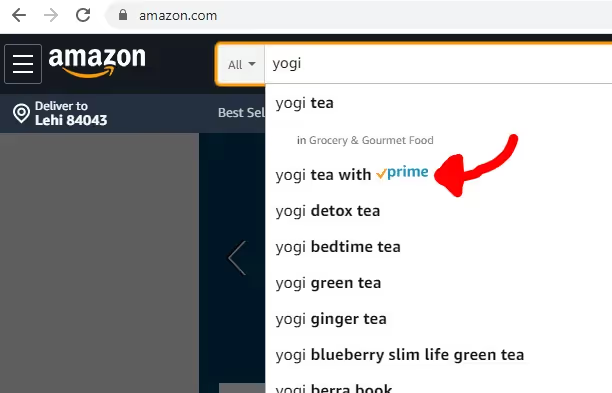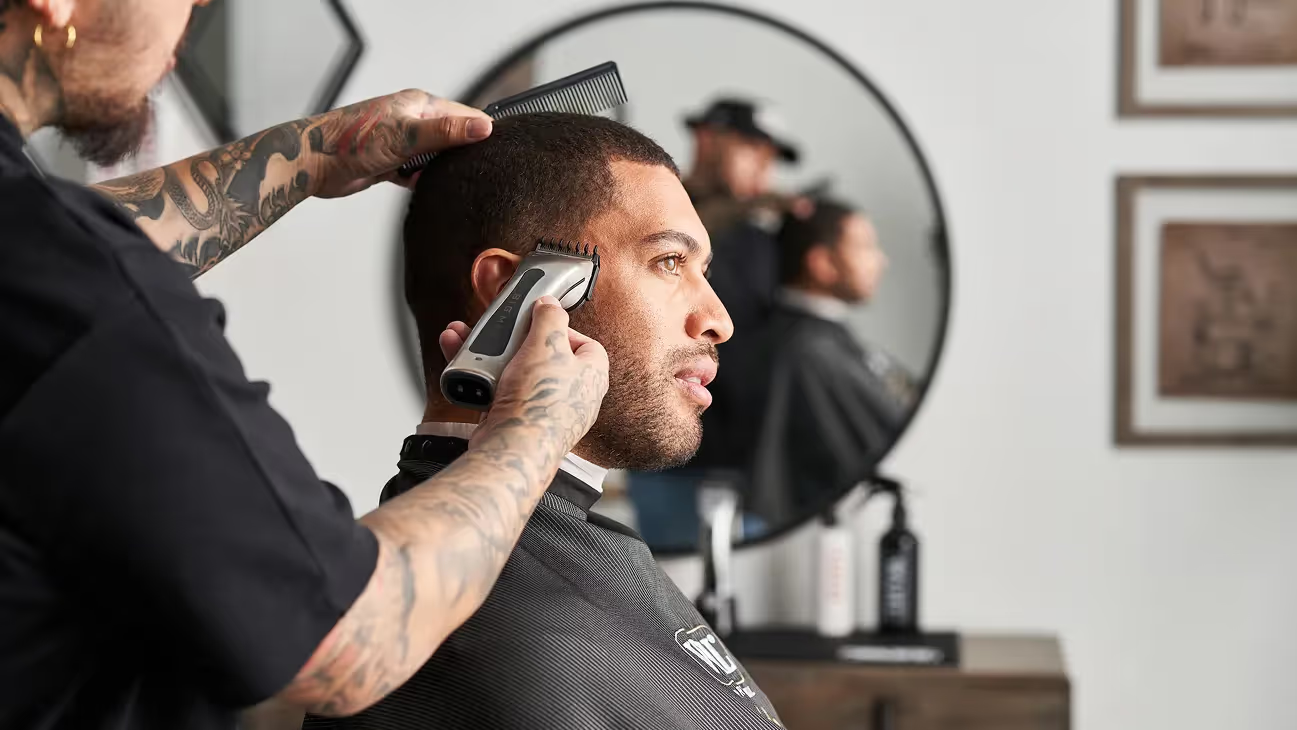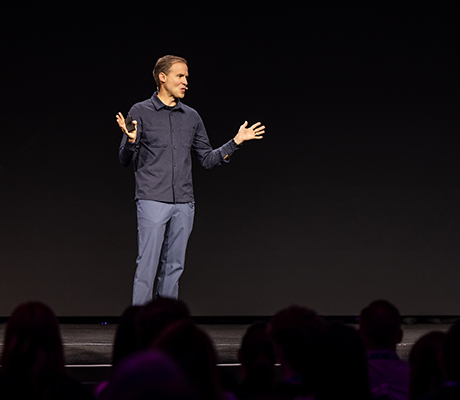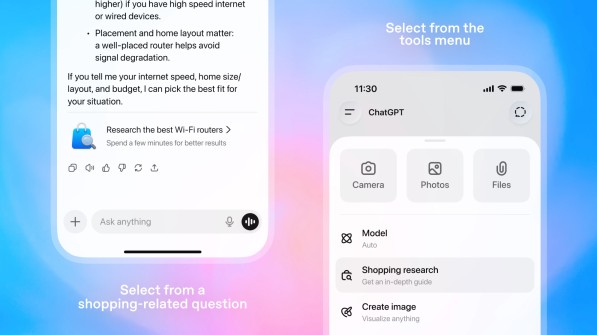July 2020 Ecommerce Trend Analysis for Decision Makers
In a matter of months, COVID-19 has leapt ecommerce forward by years. As the industry evolves, our new Pattern Trend Analysis series will dive in to important trends.
In the world of COVID-19, the ecommerce world has become a beast that’s increasingly difficult to tame. If you’re a decision-maker working in ecommerce, how can you accurately strategize when it seems like every week there’s something new thrown your way, changing consumer behaviors and impacting your revenue growth?
Enter Pattern Trend Analysis. This new series will keep you in the know when it seems like the world is literally turning upside down. For example, for eleven weeks straight, “facemask” has been the number one search term on Amazon. Although this illustrates a simple change in consumer habits, the effects of COVID-19 go far beyond Amazon search patterns. In a matter of months, COVID-19 has leapt ecommerce forward by a couple of years. As the industry evolves faster than it ever has before, it is important to keep up with the trends. Let’s dive in.
Brick and mortar turned upside down
Lockdown or no lockdown, a significant portion of consumers are likely to avoid public spaces until the pandemic recedes, or better treatments are developed. This has been an ecommerce wake-up call for several brands. In under 30 days, PepsiCo internally developed and launched two D2C sites, PantryShop.com and Snacks.com.
Microsoft abandoned their stores all together, closing all 83 physical locations. Even brands like Lululemon doubled down on ecommerce by purchasing Mirror, a Peloton-like service that acts as a virtual gym. If you are selling products to consumers, I recommend evaluating how you view brick and mortar vs. ecommerce.
Online grocery is the new gold rush
As the market scrambles, you may be wondering how the big players are reacting. Online grocery sales will increase 58.5% this year. In a surprising twist, Instacart outperformed Walmart in online grocery, causing Walmart’s online grocery share to drop approximately 25% while Instacart grew to 57% market share. This is likely because of Walmart’s inability to meet higher COVID demand.
Personally, I waited for over an hour for Walmart grocery pickup just a couple of weeks back. Online grocery is the new gold rush. Traditionally, Amazon has delivered on grocery through their Whole Foods fulfillment arm. Since March, Amazon has expanded the capabilities of that arm by 160%. They are also looking to expand their logistics capabilities, announcing the purchase of a self-driving car startup, Zoox. They are also testing independent shipping services across the globe.
Amazon tries to stay ahead
Amazon has been front and center of this online growth. Pattern previously reported that Amazon experienced a 24% sales increase during Q1. Amazon understands they must act to stay ahead. This last week, Amazon started experimenting with search query Prime branding (image below) for grocery products. Pattern Senior Brand Manager Clark Kleinman often finds himself in the middle of Amazon beta Tests. “Amazon is always A/B testing new ways to convert shoppers. This image shows one new example of this,” Kleinman said. “Customers can exclude non-Prime results directly from the search drop-down. This shows up even on accounts without paying a Prime subscription.”

Amazon’s Buy Box predicament
The pandemic has not been all good news for Amazon. In the beginning of ecommerce, Amazon separated themselves from sites like eBay by implementing the Buy Box. The idea is simple, to prevent out of stocks, and encourage lower prices, multiple sellers can sell on a single item page. The seller with the best customer offer gets the Buy Box. If they are out of stock, the Buy Box goes to the next best seller.
Price gouging
When the brand 3M sold out of facemasks, the Buy Box went to the next lowest offer. Unfortunately for both 3M’s brand image, and the consumer, the next lowest price was 18X higher than the original list price. Clearly price gouging, the other seller sold over a hundred-thousand dollars in masks. 3M responded by suing the seller in federal court. Amazon responded by implementing their price gouging policy. If you sell an “essential product” and increase the price by more than just a few percentage points, you can expect a notification from Amazon and possible product removal.
Counterfeit goods
With more people selling and shopping online, the Buy Box has also led to multiple fake products being sold on Amazon. Amazon understands that this can hurt their brand. In the last couple of weeks Amazon has set up a counterfeit crimes unit which will work with law enforcement to take on fraudsters. Many praised Amazon for finally making this move.
Corey Lord, a former law enforcement officer and current Pattern Senior Project Manager, thought this initiative was interesting but was hesitant to give praise. “My initial thought is that this seemingly grand gesture will end up being pretty hollow,” Lord said. “Law enforcement agencies have plenty to do, these ‘cases’ will sit in limbo. It feels like the buck is being passed.”
Logistical delays and impacts for Prime Day, holidays
The increase in COVID-19 shoppers has hurt Amazon in other ways, mainly logistic capabilities. During the first few weeks of the pandemic, items being sent into Amazon experienced heavy delays. Amazon eventually stopped accepting non-essential items all together. These embargos lasted weeks and caused stockouts across the site.
Essential items were less affected. Non-essential items experienced early 2000s like shipping delays (5-9 business days). In an effort to manage COVID-19 and logistics, Amazon has pushed back Prime day from July to September to possibly October now. Plus, CNN reported that, “We're going to have to face the harsh reality in some states that we may need to shut down again.” This could mean that Amazon may experience heavy delays throughout the rest of the year. If you plan on running Prime Day promotions, we recommend you have your inventory in Amazon by mid-August. For Black Friday, the sooner the better.
Ecommerce trends to know for Facebook, TikTok
The last few weeks have greatly affected ecommerce on social media. Facebook formally launched their Facebook for Business, branding it as a storefront for closed brick and mortar across the country. If you are an Amazon brand, you likely saw targeted Facebook for Business ads on Linkedin. Strides aside, it has not been all good news for the social media giant. Multiple companies chose to pull their ads from Facebook through the end of the year, citing the platform’s divisiveness during the current political climate.
These companies include Unilever, Coca-Cola, Starbucks, and others. TikTok may look prime to take those ad dollars as they’ve just launched their TikTok for marketers platform, but I predict that the spend will flow onto major ecommerce platforms like Amazon, Instacart, and Walmart. You can expect higher ad prices on Amazon and lower prices on Facebook. As the world of ecommerce accelerates, come back here each month to stay in touch with the latest trends you need to know to grow your ecommerce business. Looking for more personalized expertise? Contact us today.


.jpg)





.jpg)

